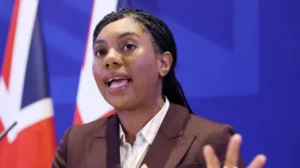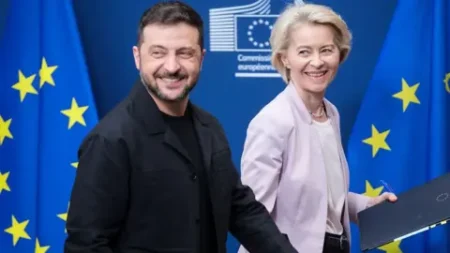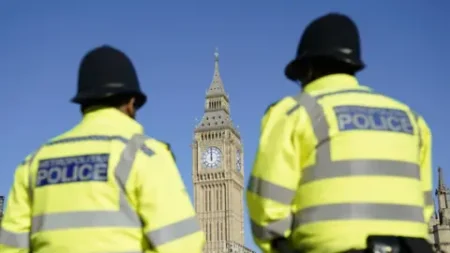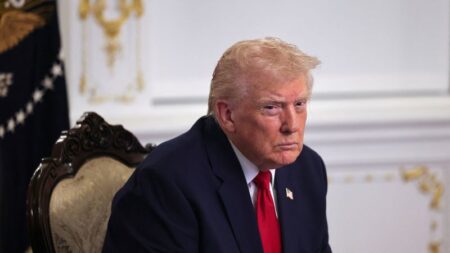In recent developments regarding the changing dynamics of military usage and national public order, former President Donald Trump’s administration has taken a noticeably assertive stance on the deployment of military personnel in response to civil unrest. This shift can be traced back to a particular incident during Trump’s first term, when he sought to emulate the grandeur of a military parade he witnessed on Bastille Day in Paris. Upon his return, he directed his military leadership to conjure a similar event within the United States. This wish encountered resistance from high-ranking officials such as then-Defense Secretary James Mattis, who reportedly expressed his aversion to such a display, sarcastically stating he would rather “swallow acid.”
The reluctance of military leaders became apparent as Trump proceeded with further controversial proposals, including the deployment of active-duty troops on American soil to suppress protests. His later Defense Secretary, Mark Esper, voiced a strong caution against utilizing active-duty forces in a law enforcement capacity, declaring it should only be a last resort under urgent circumstances. These assertions signified a clear boundary set by military officials aimed at preserving the sanctity of the military’s role in upholding law and order during civil unrest.
Fast forward to Trump’s second term, and an apparent transformation has occurred. The president now decidedly emphasizes an unmistakable willingness to deploy military assets to restore order, as evidenced by a statement made during a visit to Fort Bragg, North Carolina. Trump reiterated his commitment to using “every asset at our disposal” to quell violence, asserting a proactive approach by suggesting that he would not wait for state governors to act. This dramatic shift in tone and action underscores a broader transformation in how Trump perceives presidential authority over military engagement domestically.
The troop deployments in Los Angeles just days before a major military parade in Washington showcase the diminishing constraints that were previously set against such actions. Trump seems unfazed by the inquiries and suggestions from former military officials who view grand military displays as attributes of despotic regimes rather than democratic governance. Concerns were raised that the optics of tanks parading through the capital while sending troops into the streets of Los Angeles to confront pro-democracy protests could present a concerning ‘split-screen’ moment—one indicative of a nation straddling the line between a proactive display of military strength and the appropriate use of force in response to civil disturbances.
During his address in North Carolina, Trump framed the upcoming military display as an occasion to “show off,” a sentiment echoed by service members present at the event who appeared to appreciate the president’s visit and the focus on military capabilities. Some expressed indifference to the legality of deploying troops without state request, framing it as necessary action consistent with historical practices of military intervention.
The backdrop to these assertions reveals a broader context of changing political sentiments, especially with fortifications like Fort Bragg now emblematic of Trump’s rejection of prior dissenting views concerning the military’s involvement in domestic situations. Amidst ongoing debate over military namesakes and installations, Trump’s administration has restored old names like Fort Bragg, previously renamed Fort Liberty, signaling a push against what he perceives as liberal overtoning of military history.
As the US Army’s 250th birthday approaches, culminating in a grand parade featuring heavy military hardware, there are rising controversies surrounding the potential costs and implications of such displays. Local officials worry about the potential for significant damage to infrastructure and civic perceptions surrounding militarization. Despite mixed sentiments among political figures regarding the parade, Trump’s administration seems resolute in its intentions, with the current Defense Secretary supporting these plans without reservations.
Trump’s historical reluctance to engage military forces during domestic unrest, such as during the George Floyd protests in 2020, appears to have been overturned, illustrating a decisive shift in strategy that raises profound questions about the role of the military within the framework of American democracy. The president’s recent statements hint at his inclination to revisit and overturn previous hesitations, suggesting a redefined relationship between executive power and military deployment that may challenge established norms within American governance.











